Scott and Dan hit up the comics racks from 56 years ago…

This week for RETRO HOT PICKS, Scott Tipton and I are selecting comics that came out the week of Feb. 28, 1968.
Last time for RETRO HOT PICKS, it was the week of Feb. 21, 1961. Click here to check it out.
(Keep in mind that comics came out on multiple days, so these are technically the comics that went on sale between Feb. 25 and March 2.)

Courtesy tet1968.com
So, let’s set the scene: The year 1968 was one of rage, confusion, division and profound anguish, and the seeds of strife were being sown, or already blossoming, as February turned to March. There were three major fronts: the Vietnam War, the presidential election, and race relations. (For the moment, the Space Race, while very much at full throttle, didn’t produce many inspirational, or anxious, headlines.)
The blood-soaked Tet Offensive, launched by communist forces in late January and one of the largest campaigns of the war, was shredding North Vietnamese, South Vietnamese, Viet Cong, American and allied forces. Further, it was a major turning point in U.S. public opinion. American TV viewers witnessed a Viet Cong prisoner executed at point-blank range in front of cameras in Saigon; the madness gave rise to the infamous term “It became necessary to destroy the town to save it”; on Feb. 18, military officials posted the highest U.S. casualty figures for a single week during the entire war: 543 killed and 2,547 wounded; a reeling President Lyndon Johnson agreed to commit an additional 10,500 troops; and, the Selective Service System announced a new draft call for 48,000 men, the second highest of the war.
Meanwhile, hostilities were spreading in the region: On, Feb. 25, the Khmer Rouge, Cambodia’s Communist guerrilla movement, launched its first widespread campaign, “The Blow of 25 February.”
Against this backdrop of carnage and horror, CBS on Feb. 27 aired Report from Vietnam by Walter Cronkite, a 30-minute special. At the close, the most trusted man in America told an audience of 9 million, “It seems now more certain than ever that the bloody experience of Vietnam is to end in a stalemate… it is increasingly clear to this reporter that the only rational way out then will be to negotiate, not as victors but as an honorable people who lived up to their pledge to defend democracy, and did the best they could. This is Walter Cronkite. Good night.”
On Feb. 29, Secretary of Defense Robert S. McNamara, one of the Vietnam War’s chief architects who had morphed into a broken dove and had already announced his resignation the previous fall, served his last day in office. In a Cabinet meeting that day, he barked, “This goddamned bombing campaign, it’s worth nothing, it’s done nothing, they dropped more bombs than on all of Europe in all of World War II and it hasn’t done a fucking thing!” McNamara then broke down in tears, telling Johnson to just accept that the war could not be won.
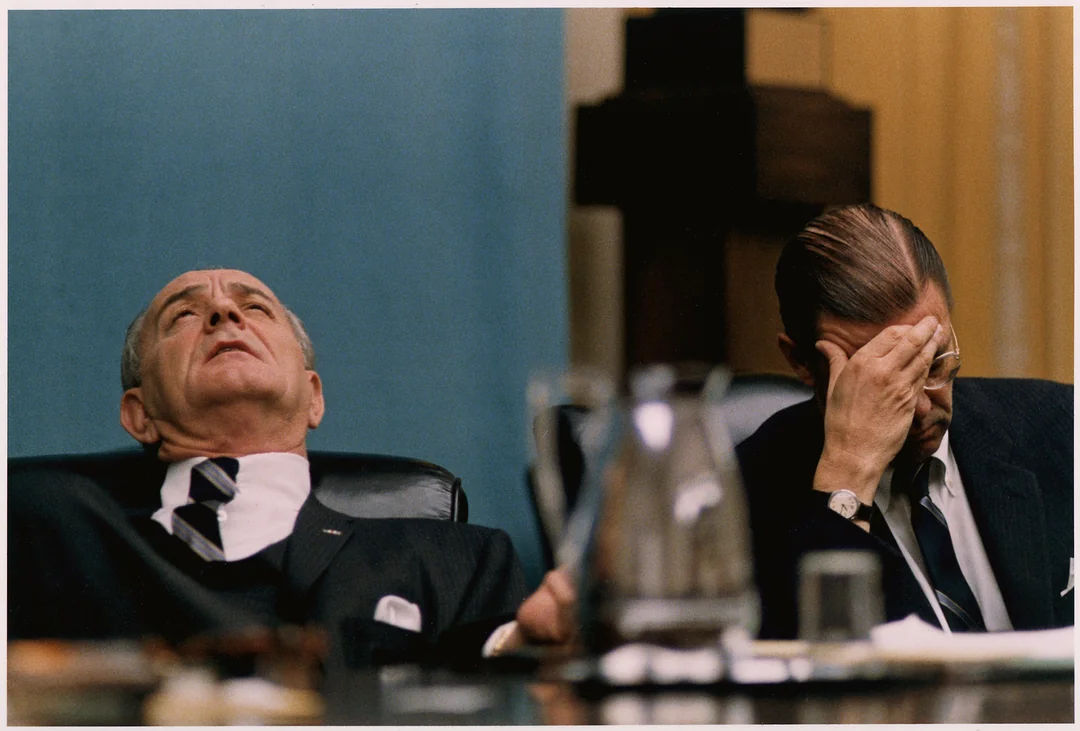
Johnson and McNamara in early February
Johnson, for his part, had yet to declare his intention to run for re-election though he was expected to. But there was opposition from within the Democratic Party: He was already being challenged by Minnesota Sen. Eugene McCarthy and there was also a push to get a resistant New York Sen. Robert F. Kennedy into the race.
On the Republican side, former Vice President Richard Nixon, who six years earlier was considered politically dead after getting soundly beaten in the California governor’s race, was running for the nomination and his front-runner status forced Michigan Gov. George Romney (father of Mitt) from the race on Feb. 28. (Running as an independent was the morally repugnant, racist former Alabama Gov. George Wallace.)
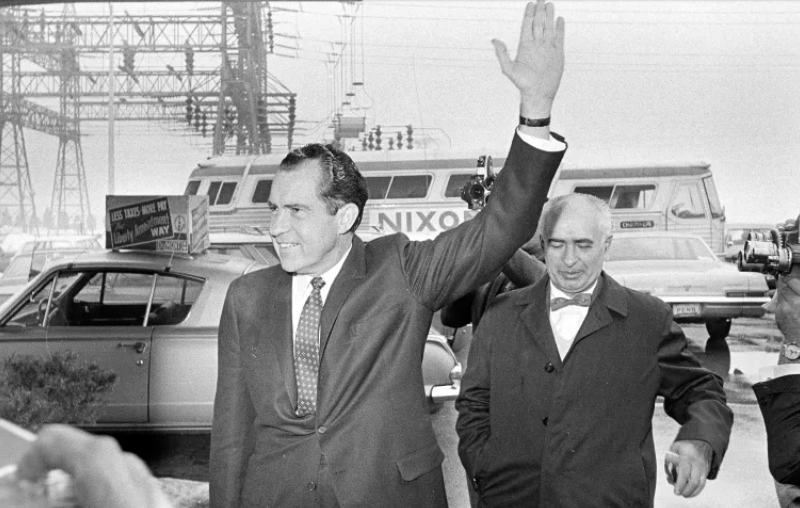
Nixon campaigning in New Hampshire in February
The nation, meanwhile, was still staggering from racial upheaval that had hit new heights the year before. Early in the month was the Orangeburg massacre at South Carolina State College, the first case of police killing student protesters on an American campus. In Memphis, sanitation workers had gone on strike, a situation that would draw the Rev. Martin Luther King Jr. to the city in April. On Feb. 28, Soul on Ice, Eldridge Cleaver’s classic and controversial memoir, was published.

Finally, on Feb. 29, the federal Kerner Commission released its report on the previous summer’s riots in cities like Detroit and Newark, N.J., finding that poverty and systemic racism in the United States were the driving forces behind them. The report became a national bestseller and warned, “Our nation is moving toward two societies, one black, one white—separate and unequal.”
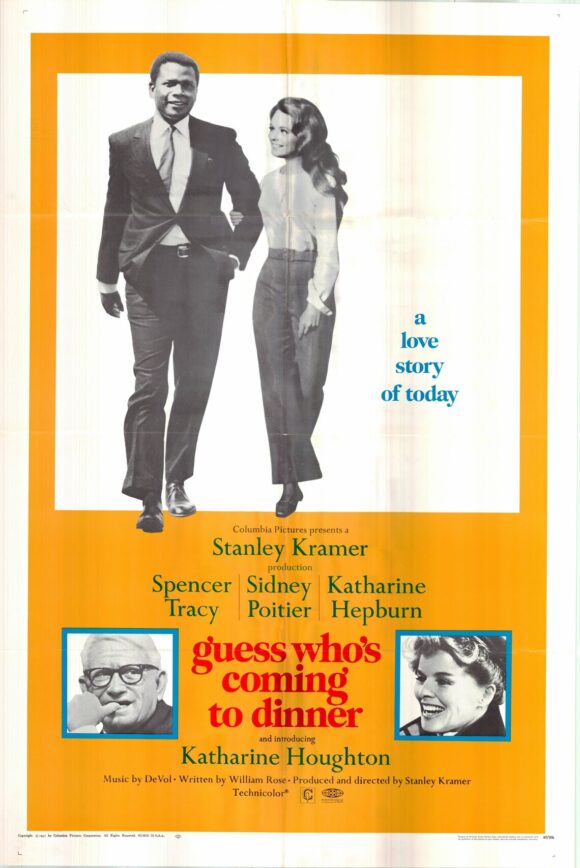
As it typically does, art reflected life. Guess Who’s Coming to Dinner, about an engaged, interracial couple whose relationship shocks their parents, topped the box office. The film starred Sidney Poitier, Spencer Tracy and Katharine Hepburn. Other hits included the campy melodrama Valley of the Dolls, starring Barbara Parkins, Patty Duke and Sharon Tate, about young women drawn into drug addiction; and Dustin Hoffman’s epochal breakout The Graduate, the story of an alienated young man left rudderless after finishing college.
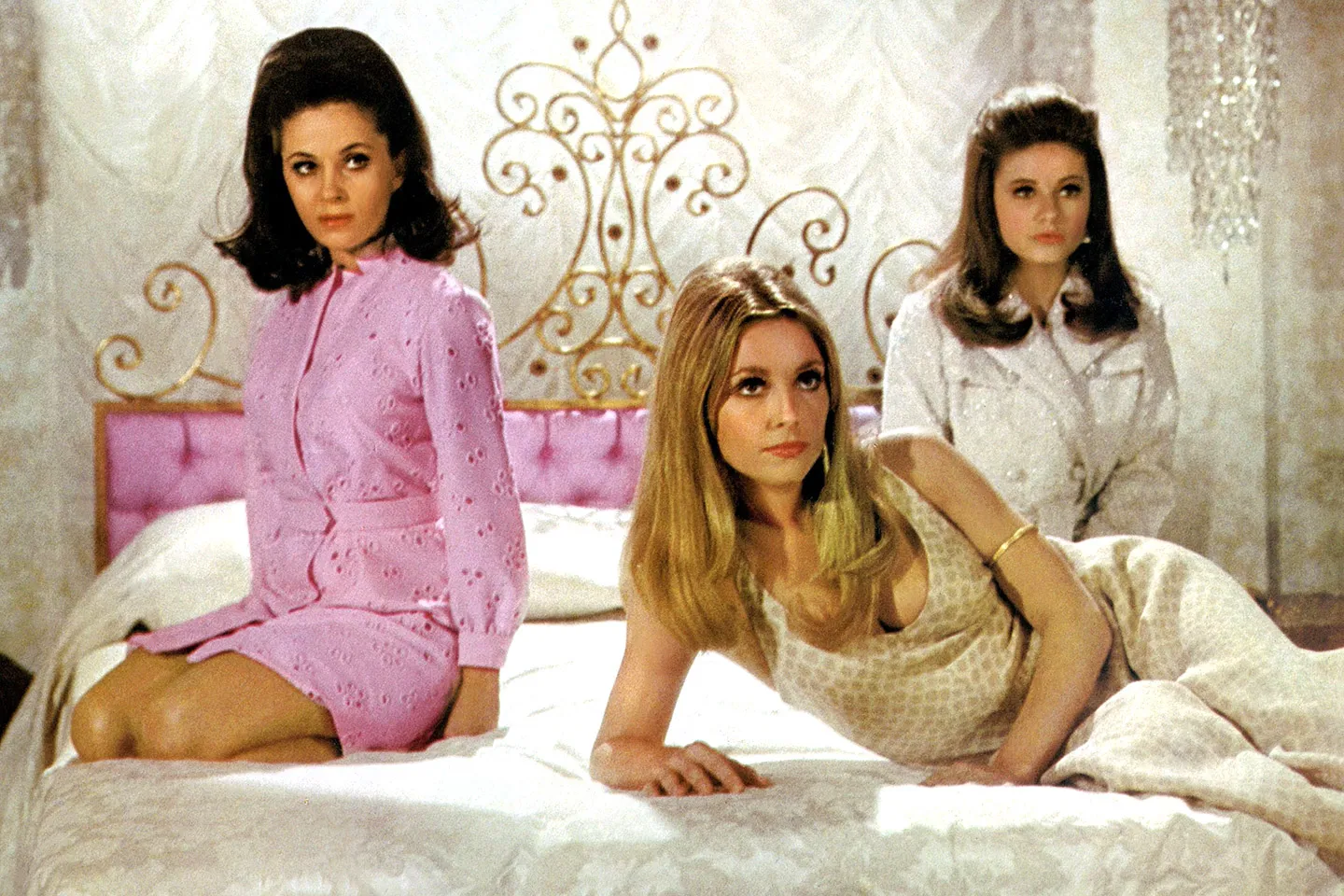
Barbara Parkins, Sharon Tate, Patty Duke
Television, with the notable exception of the news, offered brighter fare, with Nielsen leaders including Family Affair, The Andy Griffith Show and Bonanza. Nevertheless, timely political satire was also popular, with The Smothers Brothers Comedy Hour and Rowan & Martin’s Laugh-In drawing big audiences.
Star Trek was hanging on by a thread: Earlier in February, NBC announced that the show would be picked up for a third season, saved by an impassioned letter-writing campaign. This week’s episode, airing March 1, was the forgettable The Omega Glory.

Batman was wheezing its way toward its conclusion: Feb. 29 featured The Joker’s Flying Saucer, an episode that, while entertaining, was a shadow of what the show once offered. There were only two more episodes to go.
Little kids had it good though, Misterogers’ Neighborhood (later Mister Rogers’ Neighborhood), debuted nationally this month on National Educational Television.
Pop culture, as it typically did, however, revolved around the Beatles, who had traveled to India to commune with the Maharishi Mahesh Yogi. John Lennon and George Harrison arrived mid-month, soon joined by Paul McCartney and Ringo Starr. The band gradually became disenchanted with the voyage amid rumors that the Maharishi was as interested in sex with the women on the trip, such as Mia Farrow, as he was spiritual enlightenment.
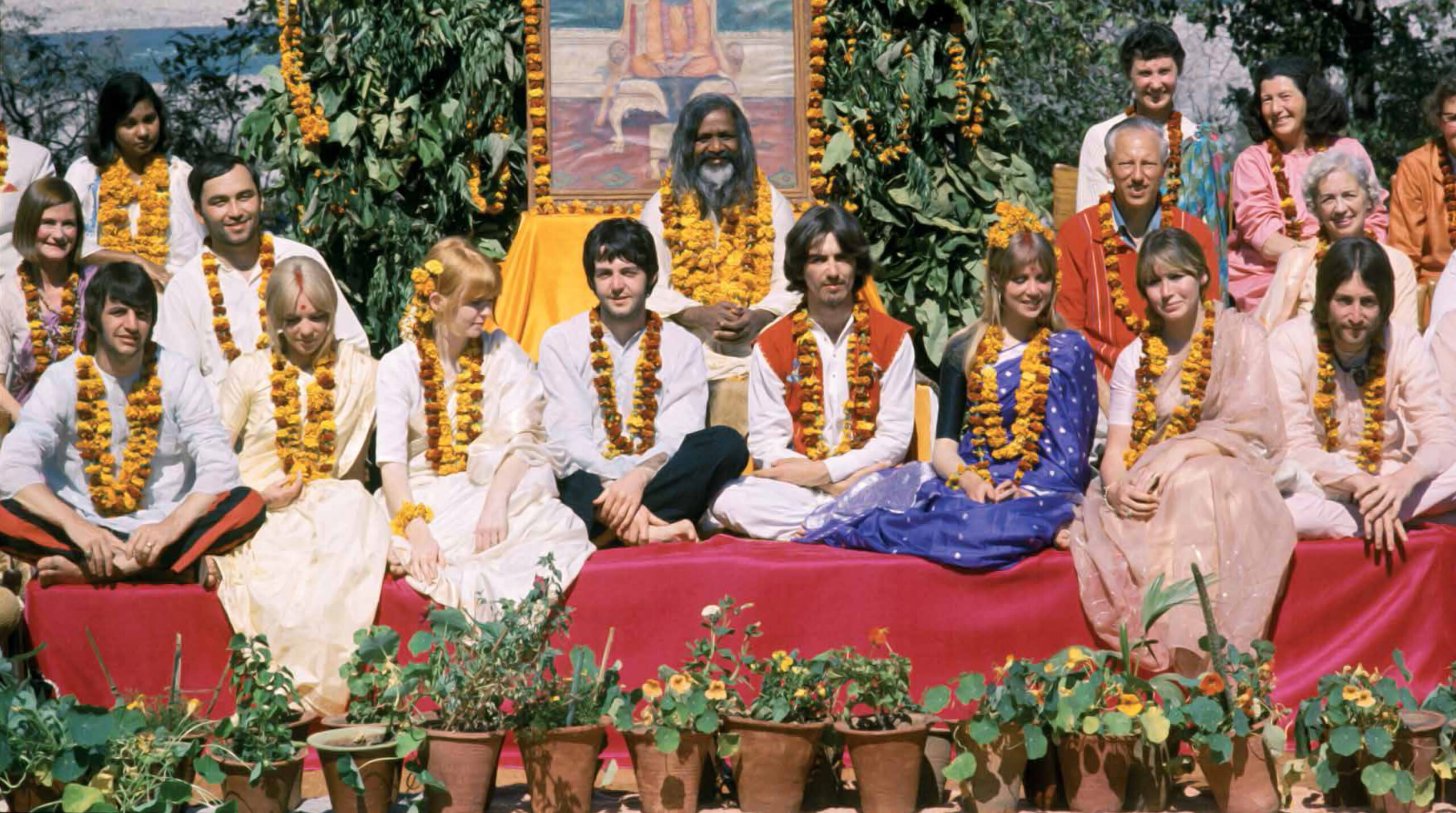
Still, it was a period of potent creativity for the band members, with John, Paul and George cultivating songs that would later provide the bulk of The White Album. (While the band was in India, it won Album of the Year for 1967’s Sgt. Pepper’s Lonely Hearts Club Band at the 10th Annual Grammy Awards.)
In any event, Ringo and his wife Maureen didn’t like the food and missed their children, and left early, on March 1.
Topping the Billboard 100 was Love Is Blue (L’amour Est Blue) by Paul Mauriat and His Orchestra, from their No. 1 album, Blooming Hits. You may not know it by name but you certainly know it from riding in elevators and shopping in supermarkets over the next 15 years or so. No. 2 was (Theme From) Valley of the Dolls by Dionne Warwick, but blowing them all away was the No. 3 song — Otis Redding’s posthumously released (Sittin’ On) the Dock of the Bay, a stunning piece of work that is alternately liberating and soul-crushing depending on the context. (See the Oscar-nominated Japanese-language movie Perfect Days, for a terrific example.) It’s one of the greatest songs ever written.
The Billboard 200 featured a remarkable selection of albums. Click here for the full list, but highlights include Bob Dylan’s John Wesley Harding (No. 2); the Beatles’ Magical Mystery Tour soundtrack (No. 3); and the Rolling Stones’ regrettable Their Satanic Majesties Request (No. 8). Jimi Hendrix had two albums among the leaders — Are You Experienced? (No. 7) and the often superior Axis: Bold as Love (No. 4).
My yellow, in this case, is not so mellow. In fact, I’m trying to say it’s frightened like me…
—
Dan Greenfield, editor, 13th Dimension
Zap Comix #1, Apex Novelties. The first successful underground comic is a Robert Crumb tour de force. You obviously couldn’t find it at your local newsstand, unless your newsstand was a baby stroller pushed around the streets of Haight-Ashbury by Crumb’s wife Dana. Or a head shop.
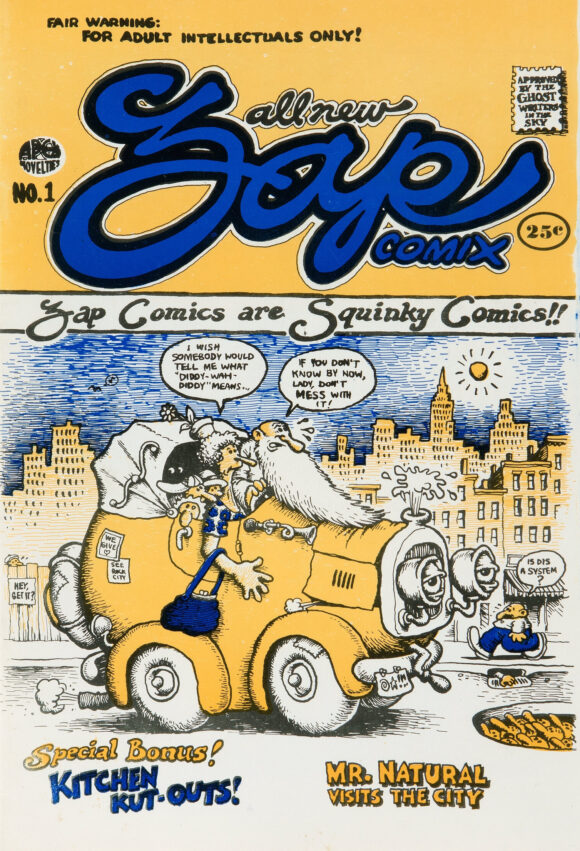
—
Detective Comics #374, DC. With the TV show waning, DC had started turning back toward the idea of 1964’s New Look — bringing Batman back down to earth. In this issue, Robin gets beaten to within an inch of his life and Batman goes on an unhinged mission of vengeance. The Gil Kane/Sid Greene art is so strong, you wish they were the regulars on Batman for years to come. Didn’t happen that way, though. Anyway, the story is by Gardner Fox and the cover is by Irv Novick. The Caped Crusader was taking steps toward becoming the Darknight Detective.

—
Strange Adventures #211, DC. Neal Adams in the house! Smack in the middle of the artist’s luminous run on Deadman, this is one of his most memorable covers, with its bold use of negative space. Wanna hear what Adams had to say about it? Of course you do! Click here.

—
Doctor Strange #169, Marvel. Roy Thomas and Dan Adkins usher the Master of the Mystic Artists into his own comic, picking up the numbering from Strange Tales.
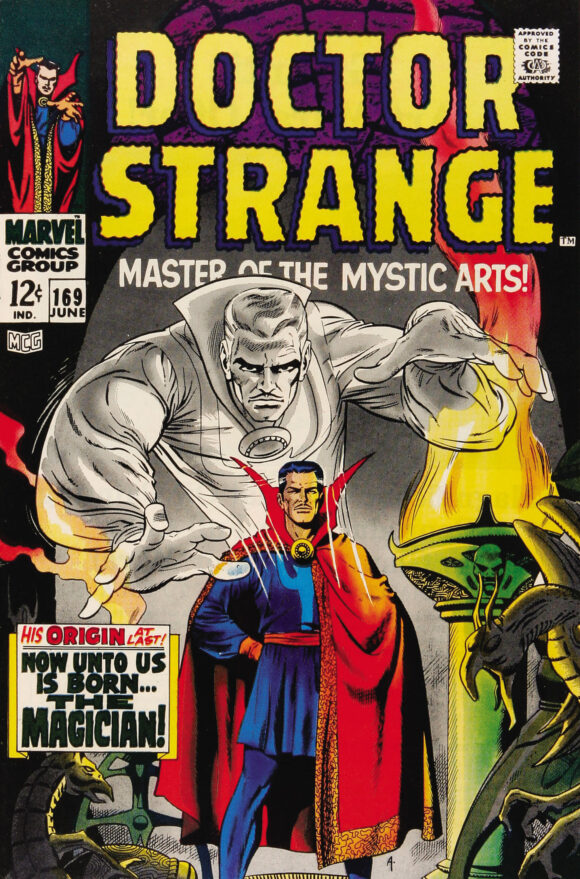
—
Green Lantern #60, DC. I’m 90 percent sure I’ve read this but my recollection is that the story isn’t nearly as cool as the cover by Gil Kane and Murphy Anderson.

—
Archie’s Joke Book #124, Archie. An appearance by one of the top purveyors of bubblegum pop, the Archies! Worth noting that Simon Says, by the 1910 Fruitgum Co., was at No. 6 on the singles chart this week.
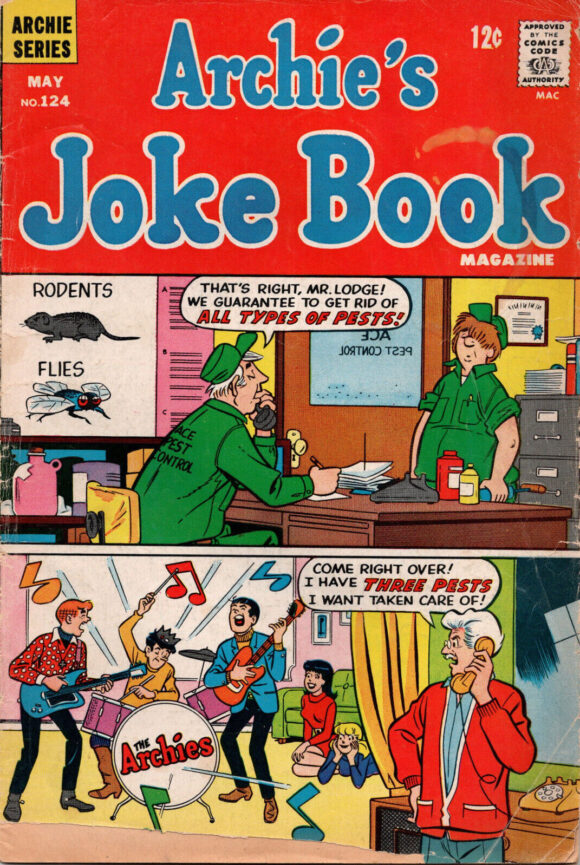
—
The Many Ghosts of Doctor Graves #6, Charlton. As you know by now, I am a sucker for covers “drawn” in negative. I still don’t know how it’s done and I prefer to think it’s magic. Because that’s the effect it has. Rocco “Rocke” Mastroserio looks like he’s aping Ditko here. Ain’t nothing wrong with that.

—
Grand Prix #19, Charlton. I keep forgetting that hot-rod comics were once a thing. I should write something about that.
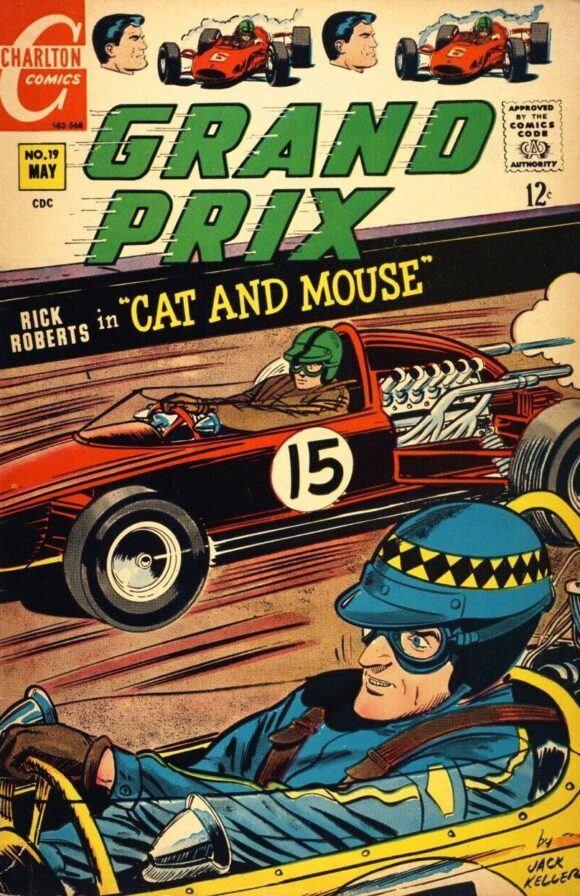
—
Scott Tipton, contributor-at-large, 13th Dimension
Superman’s Pal Jimmy Olsen #110, DC. Duh. Kryptonite scissors.
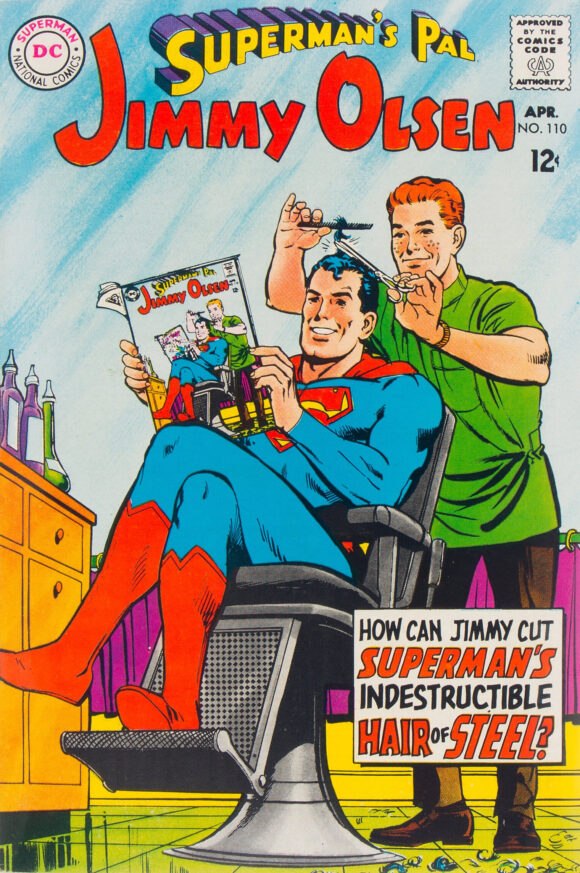
—
Action Comics #362, DC. It’s the Head of Hate!
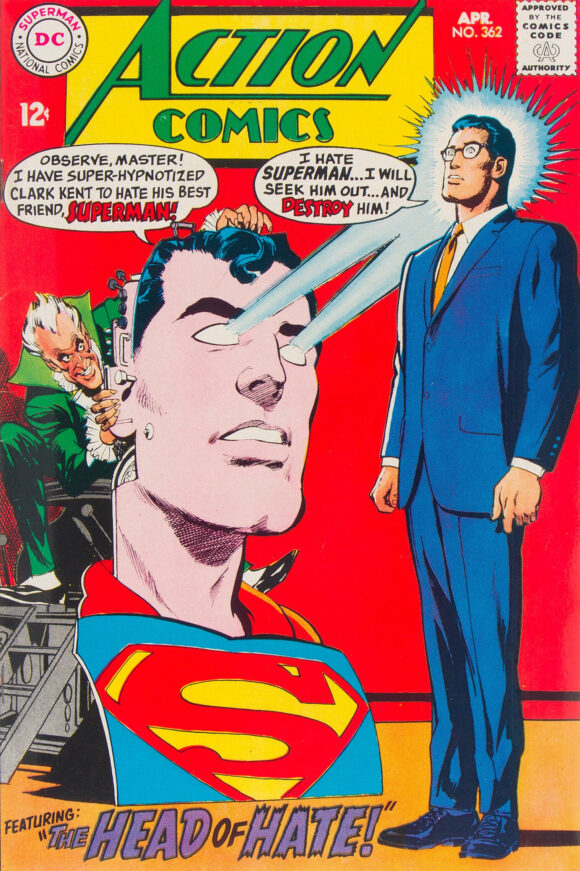
—
Nick Fury, Agent of SHIELD #1, Marvel. You can spot a Jim Steranko cover from a mile away.

Dan adds: One of the greatest comics of the 1960s and a sterling example of Marvel’s freedom from its onerous distribution deal with DC. Finally, the line could expand and Nick Fury merited his own title.
—
Iron Man #2, Marvel. I have to admit, I don’t know the Demolisher’s work, but I’m intrigued.
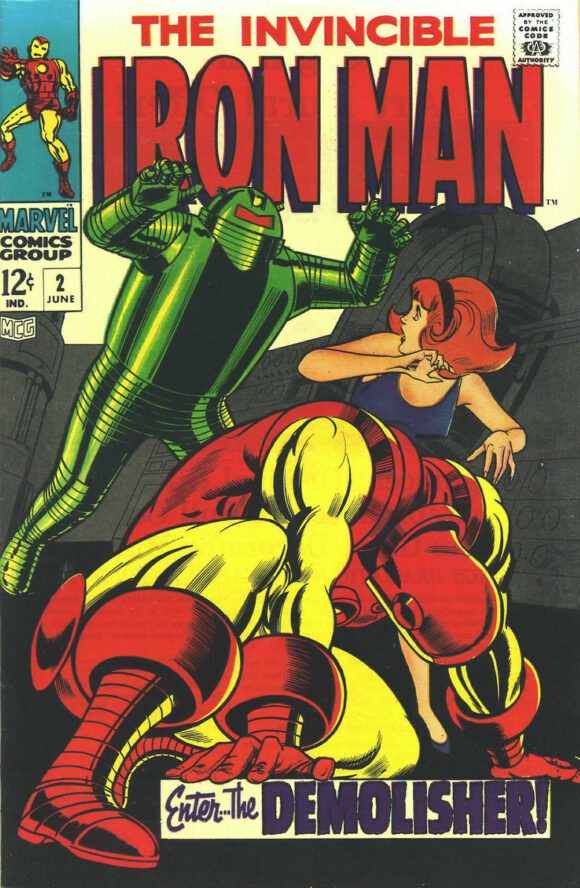
—
MORE
— RETRO HOT PICKS! On Sale The Week of Feb. 14 — in 1980! Click here.
— RETRO HOT PICKS! On Sale The Week of Feb. 7 — in 1976! Click here.
—
Primary comics sources: Mike’s Amazing World of Comics, the Grand Comics Database.

February 28, 2024
Anyone else now humming “Take on Me” after seeing that “ Grand Prix” cover?
February 28, 2024
Good reference!
February 28, 2024
Wow, what a week! Some amazing covers! Nice to see some post-EC art from Johnny Craig!
February 28, 2024
I remember this time well as I was still 9 years old, almost 10. Had most of the comics shown above and was a Steranko fan early on. The Detective issue was amazing for the time. Fond memories of “Love Is Blue” on the radio (reminiscent of early Baroque). I prefer the weirdly shifting time signatures of the “Valley of the Dolls” theme to Dock of the Bay.
February 28, 2024
I bought Detective Comics #374 from a 7-11 spinner rack, and I still have it. A very compelling cover then, and now.
March 2, 2024
Great comics .
John Byrne must have been influenced by the Adams Deadman cover for his Alpha Flight # 25 cover.